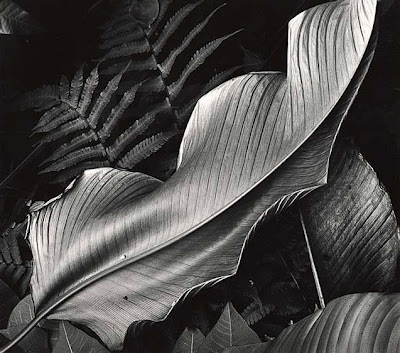David Vestal, 2009, by Ellen Wallenstein
David Vestal, longtime photographer,
educator, and writer, passed away on December 5, 2013 at his home in
Bethlehem, Connecticut. For many years, Vestal wrote a column for
PhotoTechniques magazine and I always tried to read those when I
could. They were illuminating and pithy and often tried to push their
way through the veils of pretense that hides much of the art of
photography. He had a way of breaking things down and explaining them
in understandable, commonsense terms. In many ways, he was a role
model for me and my writing about photography. I never had the chance
to meet him, but he was a powerful influence on my life and my
photography.
New York City, 1958, by David Vestal
David Vestal wrote two photography
books, The Craft of Photography and The Art of Black-and-White
Enlarging. The latter book became the book I turned to in learning
how to print and in how to be a photographer. When I learned
photography in the late 1970s, I gravitated towards Ansel Adams’
Zone System for the exposure and development of black-and-white film.
I used a 4x5 camera with a spot meter and tried to decipher how to
use it all. Adams’ three book series at the time seemed kind of
intimidating, so I picked up and read Minor White’s book on the
Zone System. It may have been a small book, but the prose was dense
and impenetrable, and practically impossible to apply in a useful
way. It was more poetic allegory than technical instruction. So I
bought Fred Picker’s Zone Workshop book. It was easier to
understand, but turned out to be more of a sales tool for his
business than anything else, however it did serve as a basic primer
for the Zone System. Finally, I broke down and picked up Ansel Adams’
series of books and set about reading and learning his way of
working. At the time I had access to a densitometer, which Adams
required to determine correct exposure and development, and off I
went. After a few years of working on this and getting the hang of
it, I attended the Ansel Adams workshop in Carmel, California, only
to have John Sexton, one of the last great Zone System photographers,
say something like, “Well, I can see that you are doing everything
by the book, but you need to expose more and cut back the contrast.”
So that’s when I learned that following what Adams wrote down only
gets you in the ballpark and really isn’t necessarily made for real
life situations.
Gallup, New Mexico, 1966, by David Vestal
And that was when I discovered David
Vestal and his book, The Art of Black-and-White Enlarging. In his
book, Vestal laid out a way of testing film exposure and development
that was practical and sensible. I tried it, and after a few tweaks
to accommodate my own working methods, it became how I tested every
new film and developer combination, and it was responsible for a vast
increase in the quality of my negatives, which became easier to print
and produced better looking prints. Indeed, this book was filled with
commonsense approaches to the practice of photography that made my
life easier and my photography better, and David Vestal was the
person who made that possible. His book was the mentor that I turned
to when I needed to learn something and he made all the difference in
the world to me. I kept his book close at hand and referred to it all
the time. It became my standard reference work. Like I’ve already
said, I never had the chance to meet him in person, but he was indeed
my teacher and mentor, and I will never forget what he did for me.
Thanks, David Vestal, and rest in peace.
New York City, 1959, by David Vestal









































